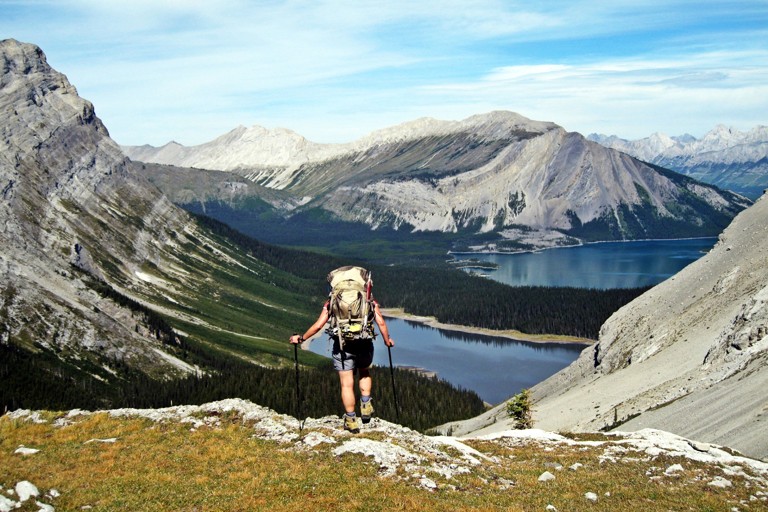Travel & Trails
New Hiking Trail Opens in Alberta’s Kananaskis Country
A recently completed 14-kilometre trail near Barrier Lake is drawing hikers eager to experience the Rockies’ early snow dusting. The route includes several scenic lookouts and a suspension bridge over Ribbon Creek.
By Sarah Bennett • 2025-10-16

Nestled between the jagged peaks and evergreen valleys of Alberta’s Kananaskis Country, a brand-new hiking trail is giving outdoor enthusiasts another reason to lace up their boots. Officially opened this month, the 14-kilometre Barrier Ridge Trail winds through some of the most dramatic terrain near Ribbon Creek — a landscape that balances accessibility with untouched wilderness.
The trail’s construction, completed after three years of planning and environmental assessments, was a collaboration between Alberta Parks and a coalition of volunteer hiking groups. “We wanted to design something that offers both challenge and reward,” says trail engineer Martin Goudreau. “There are steep switchbacks, panoramic lookouts, and even a suspension bridge that makes people stop and smile.”
Starting just off Highway 40, the path ascends gradually through stands of lodgepole pine before breaking into open ridgelines overlooking Barrier Lake. On clear days, hikers can see as far as Mount Baldy to the north and the jagged silhouettes of the Rockies to the south — a breathtaking reminder of Alberta’s wild heart.
For local businesses, the new route couldn’t have come at a better time. After several seasons of wildfire disruptions and park closures, Kananaskis outfitters are seeing a resurgence in bookings. “It’s not just about tourism,” says shop owner Andrea Lefebvre of Canmore. “It’s about locals reclaiming a piece of their backyard that’s both familiar and new.”
The trail’s most striking feature, a 60-metre suspension bridge crossing Ribbon Creek, has already become a social media favorite. Early visitors have posted photos of the snow-dusted valley floor far below and the turquoise water snaking between cliffs. “It feels like you’re floating above the forest,” says Calgary resident Jared Wong, who hiked the trail on opening weekend.
Park officials emphasize that the new route was built with sustainability in mind. Gravel reinforcement along steeper sections helps prevent erosion, while interpretive signs educate visitors about fragile alpine ecosystems. “It’s important to balance recreation with responsibility,” Goudreau explains. “We designed every section to handle both foot traffic and weather extremes.”
Local conservationists have praised the project for its minimal environmental footprint. Native plant species were reintroduced along disturbed soil, and no trees were felled unnecessarily. “We’re proud that this trail was built with future generations in mind,” says environmental coordinator Rhea Patel. “The goal is to invite people in while preserving what makes Kananaskis special.”
Hikers visiting this fall are treated to a rare contrast — golden larch trees glowing against early snow patches and distant peaks already capped in white. As temperatures dip, the area’s serenity deepens. “It’s quieter now,” says Wong. “You hear your footsteps, the wind in the branches, and that’s about it.”
Whether for a day trip or a longer weekend retreat, the Barrier Ridge Trail promises to become a new favorite among Alberta’s outdoor community. For those who walk it, the reward is more than the view — it’s a reminder that even in familiar landscapes, there are still new paths to explore.